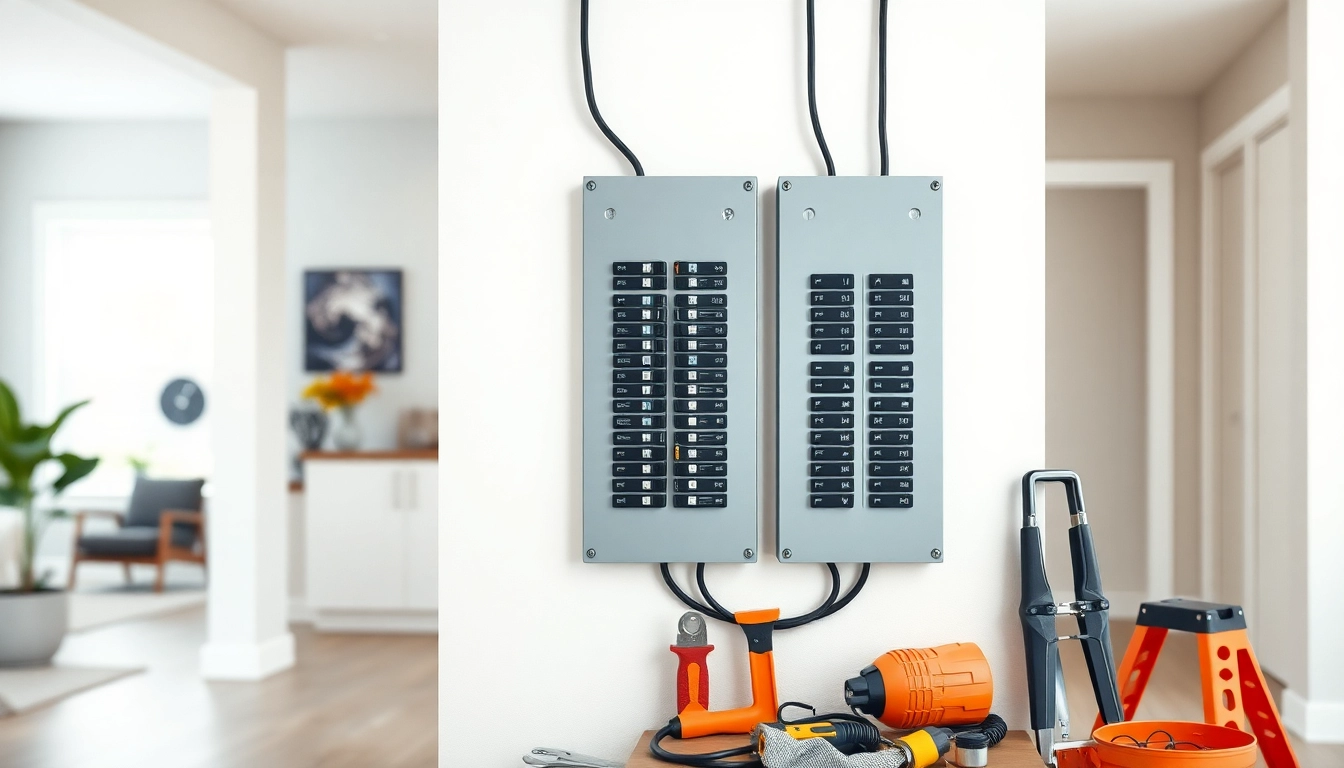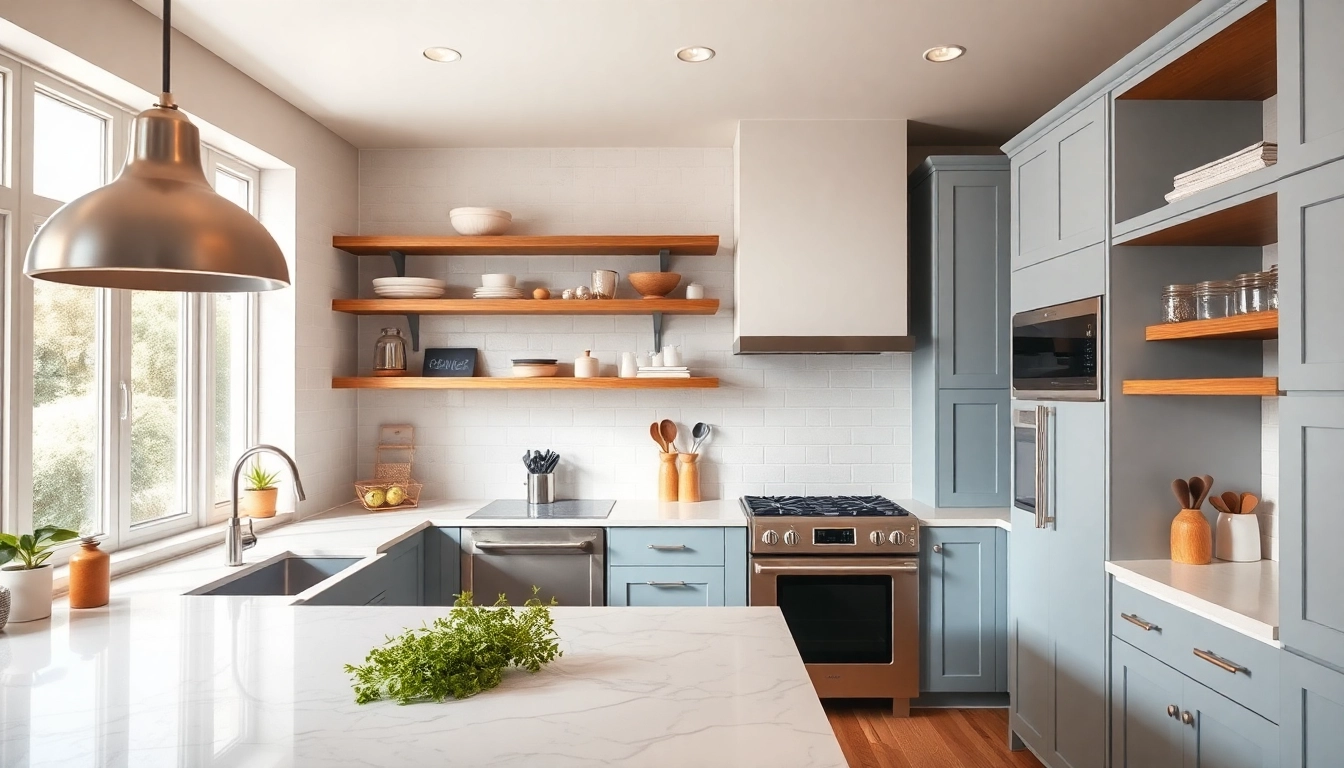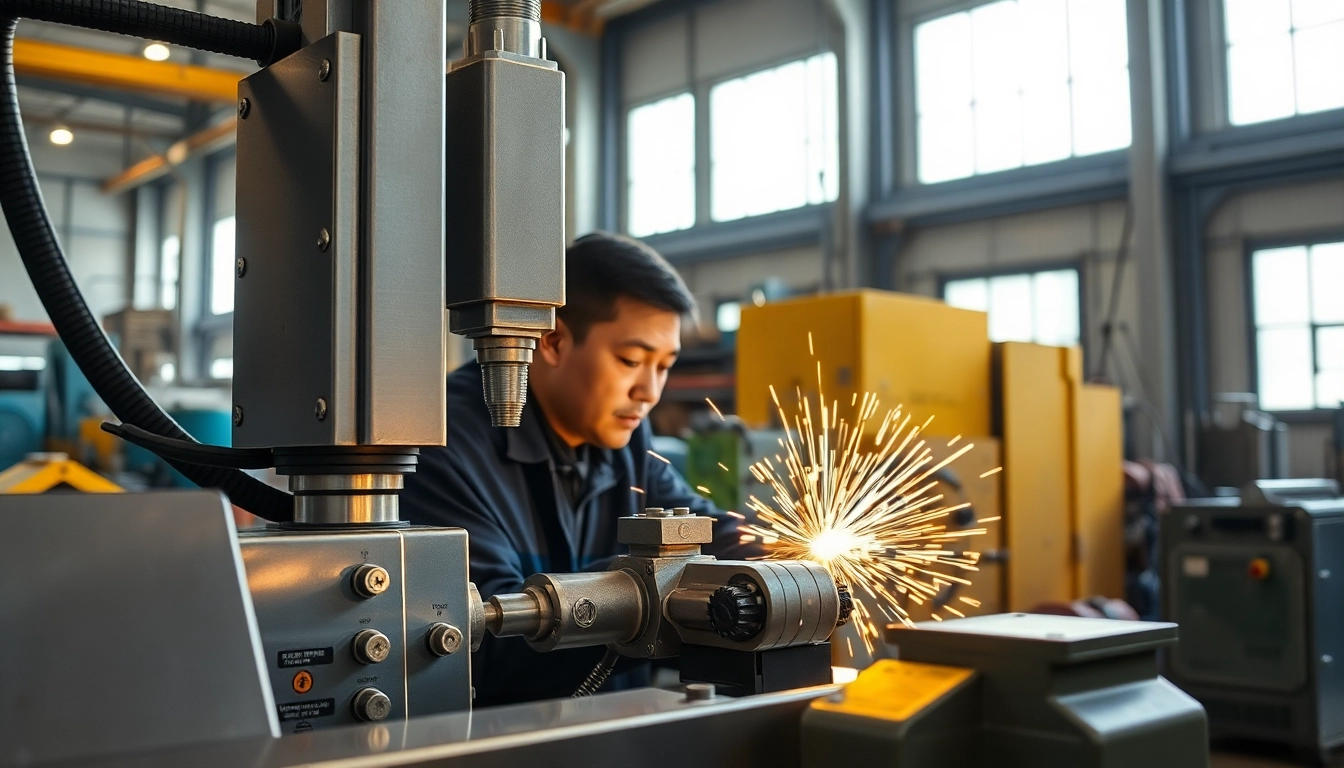Understanding Automatic Bioethanol Fireplaces
As the modern world seeks more sustainable and aesthetically pleasing heating solutions, the automatic bioethanol fireplace has emerged as a popular choice among homeowners and designers alike. These innovative appliances not only provide a clean and efficient source of heat but also enhance the ambiance of indoor and outdoor spaces with their captivating flame displays. In this article, we will delve into the comprehensive features, benefits, and installation considerations of automatic bioethanol fireplaces to help you make an informed decision.
What is an Automatic Bioethanol Fireplace?
Automatic bioethanol fireplaces are advanced heating solutions that utilize bioethanol fuel to produce a real flame, combining efficiency with ease of use. Unlike traditional wood or gas fireplaces, these units are designed for indoor installation without the need for a chimney or flue, making them a safe and versatile option for various living spaces.
These fireplaces come equipped with automated features, such as remote control operation and smart home integration, which allows users to control their fire with the push of a button or through voice commands. This automation not only enhances convenience but also improves safety, as many models include built-in sensors to monitor flame activity and fuel levels.
How It Works: The Technology Behind Automatic Systems
The operation of an automatic bioethanol fireplace centers around a few key components: the bioethanol fuel tank, electronic ignition system, and safety sensors. The fuel tank is designed to hold liquid bioethanol, which is poured into the reservoir prior to use. Once ignited, the electronic ignition system ensures a hassle-free lighting process — often taking just seconds from the moment the user presses the remote control button.
To maintain a safe environment, automatic bioethanol fireplaces are equipped with various sensors that monitor carbon dioxide levels, temperature, and even the presence of a flame. If any irregularities are detected, such as a sudden fluctuation in temperature or flame height, the system will automatically shut off the fuel supply, extinguishing the fire to prevent accidents.
Benefits of Using Bioethanol as Fuel
Bioethanol, derived from renewable resources such as sugarcane, corn, and other plant materials, is an environmentally friendly fuel option. Here are some key benefits of using bioethanol as fuel:
- Clean Burning: Bioethanol produces minimal emissions, ensuring a cleaner environment compared to traditional wood or gas options.
- Renewable Resource: As a renewable energy source, bioethanol can help reduce reliance on fossil fuels.
- Easy to Use: Fuel refilling is straightforward, and the fireplaces don’t require complicated venting systems.
- Flexibility: They can be used in various settings—including homes, offices, and outdoor spaces—without extensive installation requirements.
Key Features of Automatic Bioethanol Fireplaces
Safety Mechanisms and Sensors
Safety is paramount when dealing with any type of flame. Automatic bioethanol fireplaces are designed with multiple safety features, ensuring that users can enjoy the warmth and aesthetic of a fire without stress. Key safety mechanisms include:
- Flame Sensors: These detect the presence of the flame. If the flame goes out unexpectedly, safety features will shut off the fuel supply.
- Temperature Sensors: These monitor the unit’s temperature, preventing overheating and potential hazards.
- Child and Pet Safety Features: Many models include features that can prevent accidental activation by children or pets.
Remote Control and Smart Features
Modern automatic bioethanol fireplaces often come with advanced technological features, allowing users to control the fireplace with ease. Remote controls are the most common, enabling users to turn the fireplace on or off and adjust the flame height from a distance. Some models even offer smartphone applications for more integrated management and smart home compatibility. Users can connect their fireplaces to platforms like Google Home or Amazon Alexa, enabling voice-activated control.
Design Options for Every Interior
One of the standout features of automatic bioethanol fireplaces is their vast array of design options. Thanks to their flexibility in installation, these fireplaces can fit into many different styles and aesthetics:
- Wall-Mounted Models: Ideal for modern living spaces, these units add a sleek and contemporary touch.
- Tabletop Fireplaces: Decorative and portable, perfect for outdoor dining and intimate settings.
- Built-In Inserts: These can be integrated into existing fireplaces or custom cabinetry for a seamless look.
Comparing Automatic and Manual Bioethanol Fireplaces
Cost of Ownership: Fuel and Maintenance
When considering an automatic bioethanol fireplace, potential owners often weigh the costs involved, including both fuel and maintenance. Bioethanol fuel typically costs between $2 and $5 per hour of burn time. While this may seem higher than some traditional fuel sources, it is essential to consider the convenience and safety features provided.
Maintenance is also relatively low compared to wood-burning fireplaces. No chimney cleaning is required, and occasional wipe-downs for aesthetic purposes are typically all that’s needed.
User Experience: Ease of Use and Convenience
Automatic systems greatly enhance user experience, offering a level of convenience that must be compared to manual options. While manual bioethanol fireplaces require users to ignite the flame manually and monitor it closely, automatic models streamline the entire process:
- Effortless Ignition: With the touch of a button, users can ignite their fires without matches or lighters.
- Flame Adjustments: Users can easily modify flame height and ambiance without changing their physical location.
Performance: Heat Output and Efficiency
Performance could be a significant consideration for prospective buyers, especially in climates where heating is essential. Generally, automatic bioethanol fireplaces provide a comparable output to small traditional fireplaces, producing approximately 3 to 4 kW of heat. Therefore, they can efficiently heat small to medium spaces. However, they may not serve as the sole heat source for larger areas.
Overall, their efficiency in utilizing bioethanol means that they will not only provide pleasant warmth but also do so in an eco-friendly manner.
Choosing the Right Automatic Bioethanol Fireplace
Factors to Consider Before Purchase
Before investing in an automatic bioethanol fireplace, various factors should be evaluated:
- Room Size: Consider the size of the space you wish to heat and choose a model with appropriate heat output.
- Design and Aesthetics: Ensure that the fireplace complements your existing décor. Styles and finishes are available for every taste.
- Budget: Weigh the initial investment against running costs, especially fuel purchases over time.
- Warranty and Support: Look for products that come with adequate warranties and customer support.
Top Models on the Market
Some popular automatic bioethanol fireplace models include:
- Planika Smart Fire: Known for its advanced safety features and sleek design.
- Ignis Bio Burners: Offers a variety of sizes and designs, including smart controls capabilities.
- AFIRE Ethanol Fireplaces: Renowned for their contemporary aesthetics and easy installation.
Installation Tips and Best Practices
Proper installation is crucial for optimal performance and safety. Here are some tips to ensure a seamless setup:
- Choose the Right Location: Select a spot away from flammable materials and ensure good ventilation.
- Follow Manufacturer Instructions: Each model may have specific requirements; always refer to the manual.
- Hire a Professional: For built-in options, consider hiring a professional installer to ensure safety and precision.
Enhancing Your Living Space with Bioethanol Fireplaces
Creative Placement Ideas
The flexibility of automatic bioethanol fireplaces allows them to be easily integrated into various areas of your home, each providing unique visual and functional benefits. Some creative placement ideas might include:
- Positioning it near seating areas for a cozy atmosphere.
- Using it as a centerpiece between dining areas.
- Incorporating it into outdoor spaces or patios to extend usability beyond the indoors.
Integrating with Home Decor
To harmonize the fireplace with your existing decor, consider the following strategies:
- Color and Materials: Select finishes that match or complement surrounding furniture and architectural elements.
- Art and Accessories: Use decorative items, like art pieces or candles, around the fireplace to create a cohesive look.
- Lighting: Utilize ambient lighting to enhance the fire’s glow and elevate the overall atmosphere.
Seasonal Maintenance and Care
While maintenance for automatic bioethanol fireplaces is minimal, some seasonal care practices can ensure longevity and peak performance:
- Fuel Checks: Regularly check bioethanol fuel levels and replenish as needed.
- Cleaning: Wipe down surfaces and glass panels periodically to remove soot and enhance visibility.
- Storage: Store excess fuel in a cool, dry place, away from direct sunlight.















Leave a Reply